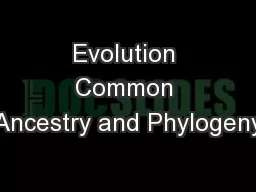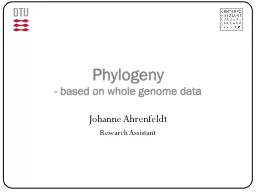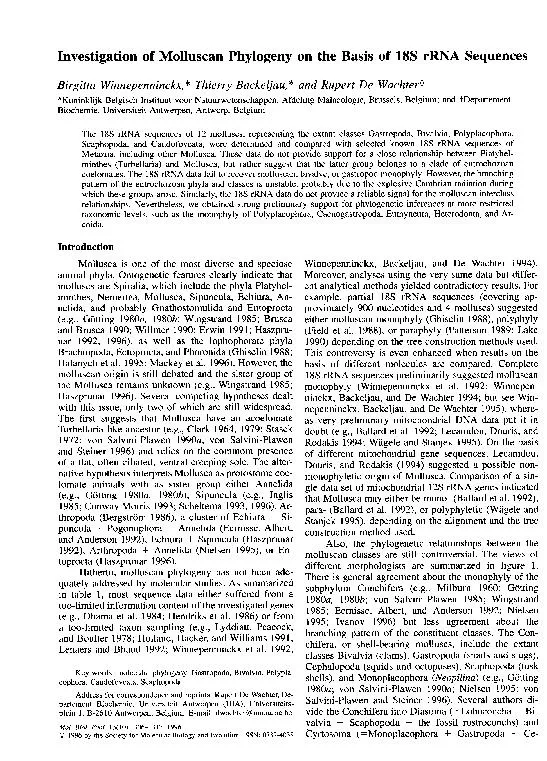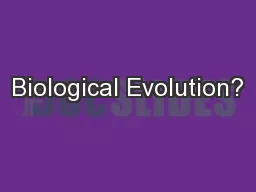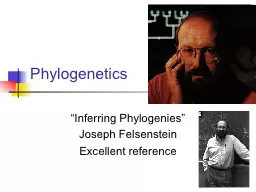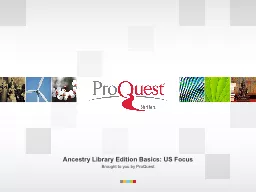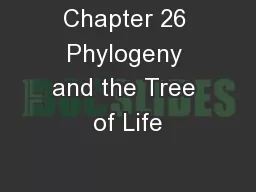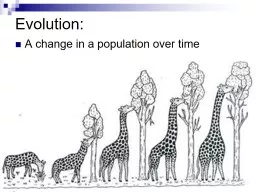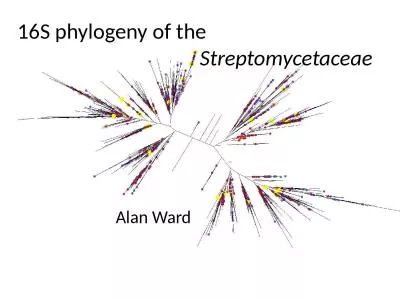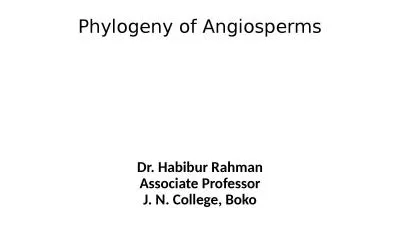PPT-Evolution Common Ancestry and Phylogeny
Author : myesha-ticknor | Published Date : 2018-10-25
Phylogenetic trees Common Ancestry Be able to 114 Pose scientific questions that identify essential properties of shared core life processes that provide insights
Presentation Embed Code
Download Presentation
Download Presentation The PPT/PDF document "Evolution Common Ancestry and Phylogeny" is the property of its rightful owner. Permission is granted to download and print the materials on this website for personal, non-commercial use only, and to display it on your personal computer provided you do not modify the materials and that you retain all copyright notices contained in the materials. By downloading content from our website, you accept the terms of this agreement.
Evolution Common Ancestry and Phylogeny: Transcript
Download Rules Of Document
"Evolution Common Ancestry and Phylogeny"The content belongs to its owner. You may download and print it for personal use, without modification, and keep all copyright notices. By downloading, you agree to these terms.
Related Documents

